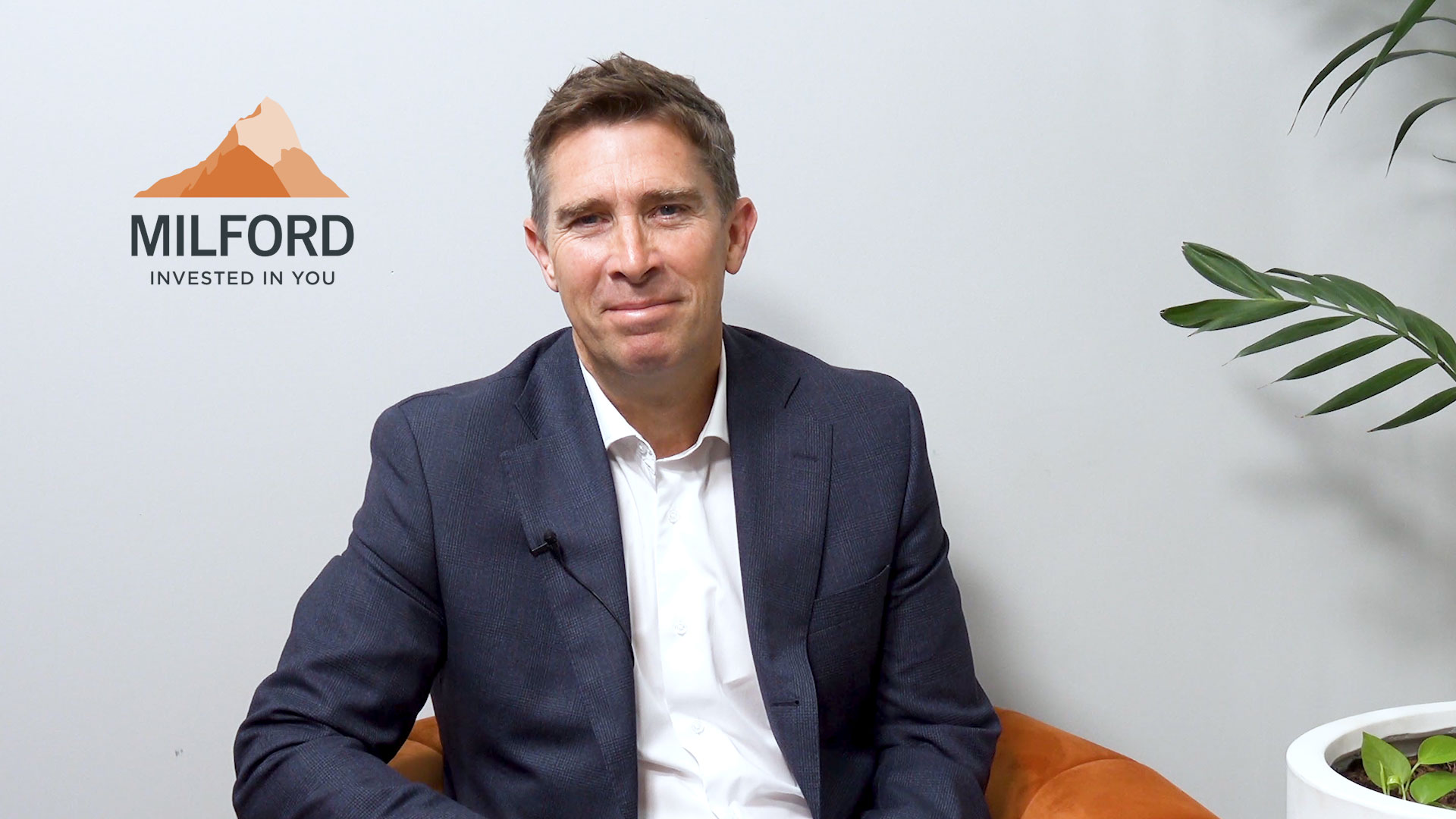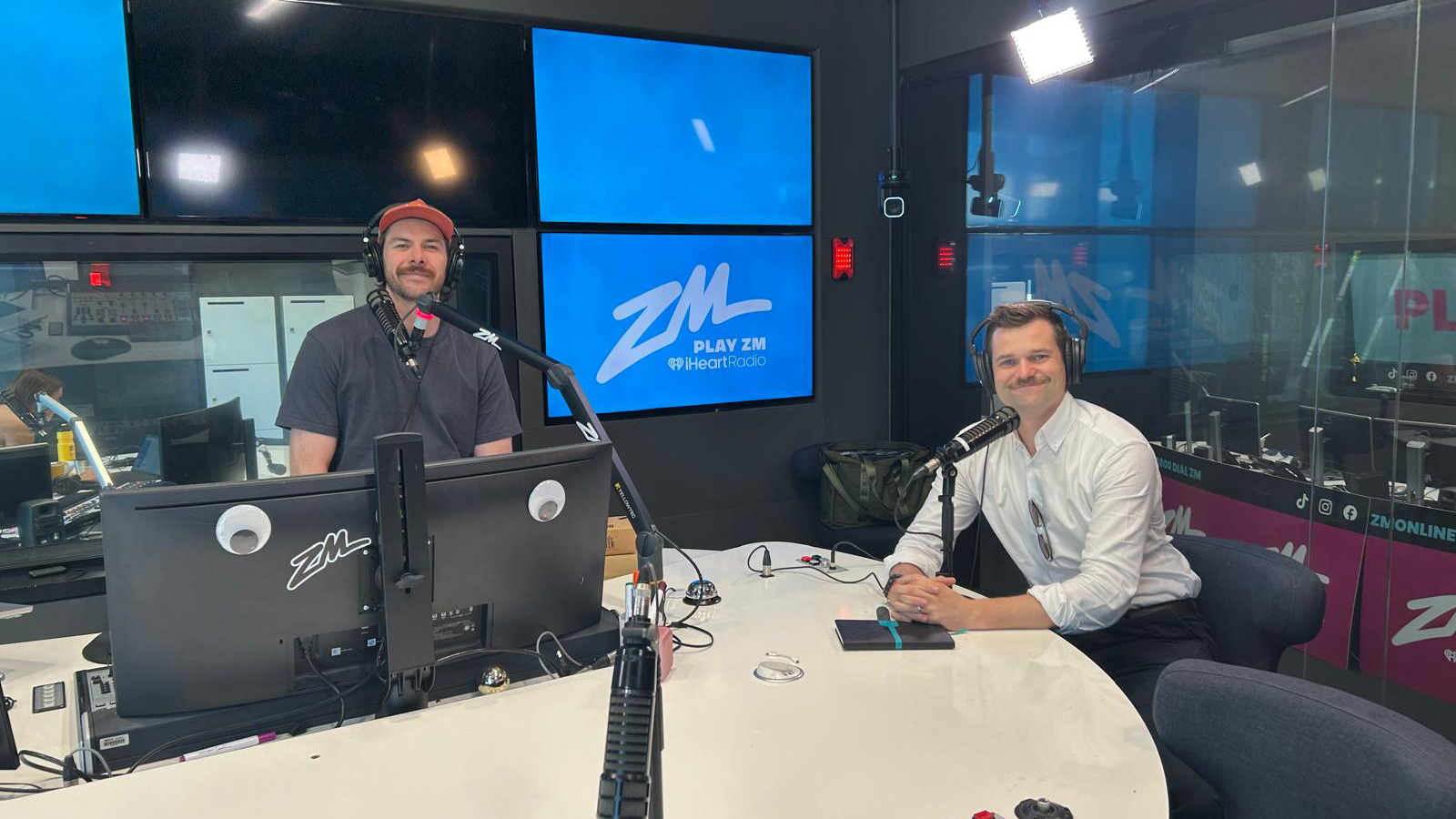This article was first published in NZ Herald on Wednesday Apr. 10, 2024
It can be scary dipping your toe into investing – here’s how to get started.
Investing might seem like a smart course of action for those with extra disposal income – but getting started on an investing journey is just as beneficial when money is tight, says Milford Private Wealth adviser Jess Travers.
“People are realising that with the increased cost of living, they need to get their money working harder for them,” she says.
Even so, knowing when to start investing can be scary, particularly when the economy isn’t looking so rosy. Fortunately, it’s never too late (or too early) to get into investing, says Jess, who encourages people to start regardless of what the market is doing. When you consider that the average life expectancy for women in New Zealand is 84, that means even if your investing journey beings in your 60s, that’s a period of more than two decades from which to potentially draw extra retirement or lifestyle funds – or to leave a healthy inheritance to your family.

“Obviously when it comes to investing, the earlier you start the better,” says Jess. “But there’s no such thing as being too late.”
You’re never too young to invest, either. Even if you’re at the beginning of your career, saving for a house deposit or grappling with steep life expenses, the advantage of getting into investing now is longer time in the market. This can make a profound impact on your savings over a long-term period.
“Getting started is often the biggest hurdle but it can be quite addictive watching your investment grow,” says Jess. “If you are saving for a specific goal, investing can also help get you there quicker.”
For some, that could mean maximising retirement savings. For others, upgrading the family home. Perhaps you’d like to buy a bach or save for your children’s school or tertiary fees. Savvy investments can also pay for future luxuries, by allowing for travel, or other opportunities that might not be possible by relying solely on savings and KiwiSaver investments.
Despite all the upsides to investing, many are hesitant to take on risk, which can lead some to mistakenly believe the best time to start investing is when markets are stable.
“Actually, investing when markets are down or volatile can be a really good opportunity to pick up shares or an investment at cheaper prices,” Jess explains. “It’s a bit like buying something on sale.”
Share markets have proven they can deliver a really good return to investors over the long term, regardless of whether you’ve invested during an up-market swing or not. There’s always the option to assess your tolerance for risk, via digital advice tools or by working with a financial adviser. Just as important is to know your objectives and goals for investing beforehand, and to set a timeframe.
While this will be different for everybody, one thing Jess advises all her Milford clients is that time in the market is more important than timing the market – such as trying to predict the optimal window in which to buy or sell. It’s important to “stay the course” with your investment to give yourself the best possible chance of a positive outcome. Withdrawing your investment when the market falls will only crystallise the loss in value and could mean you could miss out on big gains when it bounces back.
“It’s also really hard to predict when some of those best days for markets are going to occur, but we know that the cost of missing them is really high,” says Jess. “History has shown that some of the best days come hot on the heels of some of the worst days.”
Another key reason a long-term investment strategy is superior to a shorter timeframe comes down to the concept of compounding returns, that almost magical principle that can supercharge your savings, by earning interest on the interest that has accrued.
“The returns on the returns add up to a huge amount over a long period of time,” say Jess. “So the longer you invest, the more you’re getting growth on the growth. It really is making your money work a lot harder for you.”
HOW TO GET STARTED WITH MILFORD’S HOT INVESTING TIPS
- Start with as much as you can afford. Thanks to lower investment minimums and DIY platforms, it’s easier to invest than ever.
- Drip-feed regular contributions to reduce your risk of ‘timing the market’. These will quickly add up over time.
- Look for investments that have a good long-term track record and after-fee return, rather than chasing last year’s top performers, as they may not provide a reliable gauge on how they’ll perform over a longer period.
- Automated contributions are a great way to save if you’re likely to procrastinate. Once they’re set up, it’s effortless.
- Diversification is key. Reduce your risk by investing in a variety of investments or managed funds to access a broad spread of companies in different countries and industries.
If you are new to investing and find it all a bit scary, we’ve got a safe place for you to learn and gain confidence at milfordasset.com/the-investing-place.
Disclaimer: This article does not take into account your investment needs or personal circumstances. It is not intended to be viewed as investment or financial advice. Past performance is not a reliable indicator of future performance. Investment involves risks and returns can be negative as well as positive. Milford Funds Limited is the issuer of the Milford KiwiSaver Plan and Milford Investment Funds. Please read the relevant Milford Product Disclosure Statement at milfordasset.com. Before investing you may wish to seek financial advice. The Disclosure Statements for all Milford Financial Advisers contain more information and are available on request, free of charge. See our Financial Advice Provider Disclosure Statement at milfordasset.com/getting-advice


